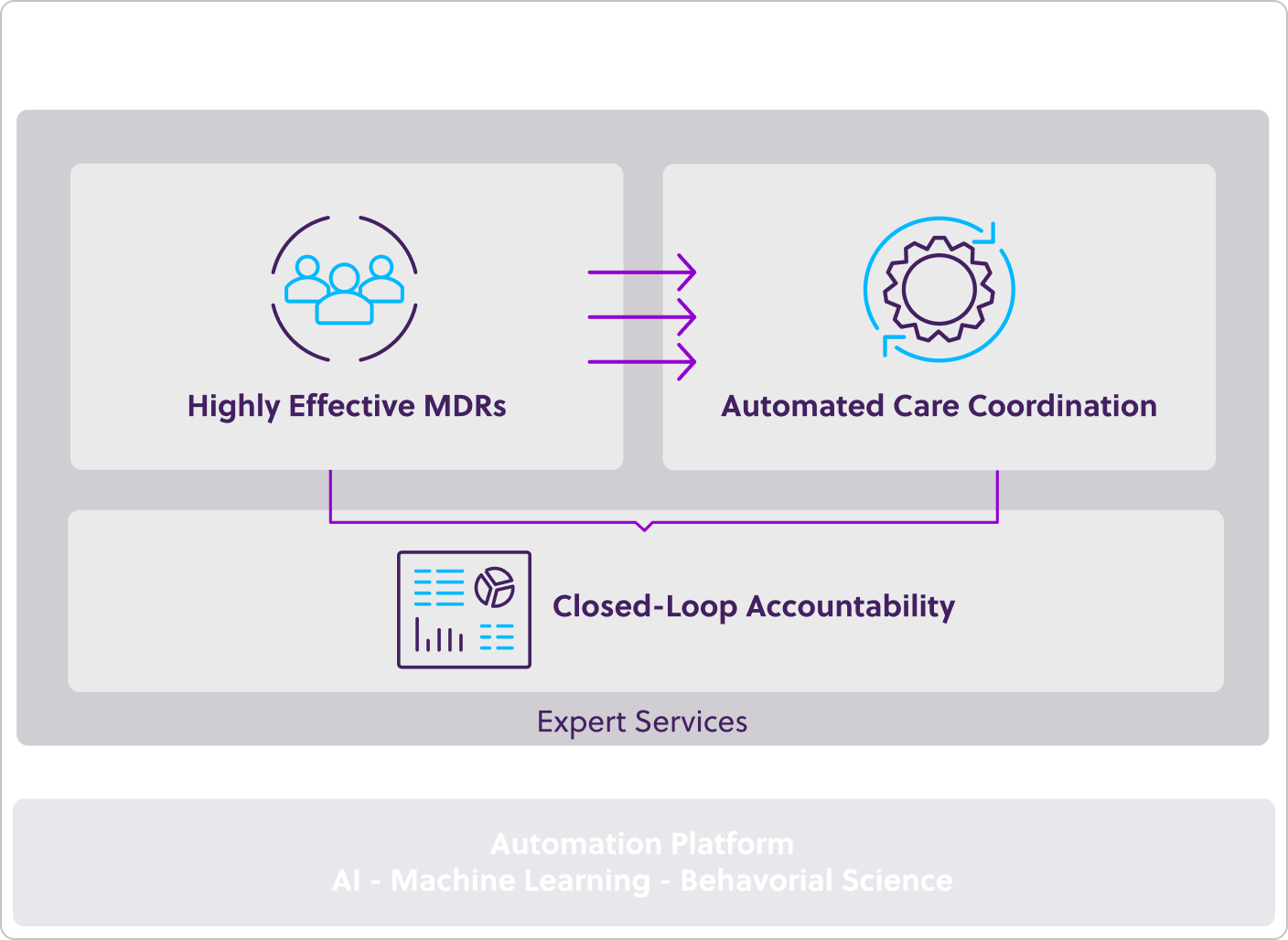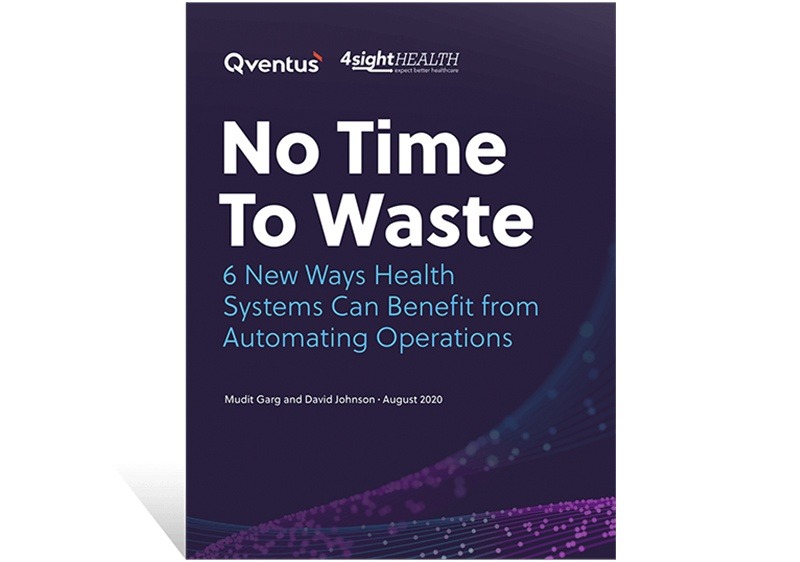- Location: Boston, MA
- Type: Academic Medical Center
- Facilities: 1
- EHR: Epic
Discover how Boston Medical Center uses automation for early discharge planning in order to improve throughput, reduce excess days, and decrease staff workload.
This system reduces workload intensity, mitigates process variability, and optimizes our existing staff and resources. We actually feel much stronger today because of this. Chris Manasseh, MD, Associate Chief Medical Officer, Inpatient Operations

Challenge
Similar to many health systems, Boston Medical Center had inefficiencies in their care processes that led to increased costs and impacted quality and experience. They decided to first focus discharge planning improvement efforts on the 10% of length of stay outliers, but they were missing the other 90% of patients.
They desired to drive impact at scale but faced limited resources. Ultimately, to make this successful and scale early discharge planning for as many discharges as possible, they needed to move beyond manual processes and efforts. To make all this possible, they wanted to harness AI and automation technology.
Qventus' technology is very intuitive and user-friendly -- it immediately kinda caught our eye. What we particularly like with Qventus is their appreciation of the path we needed to go down to drive change. It's that combination of technology with a consultant mindset around change management that is ultimately why we partnered with Qventus. Alastair Bell, MD, MBA, EVP Strategy & COO
Qventus Deployment
To address these challenges, Boston Medical Center focused on automating early discharge planning using the Qventus Inpatient Solution.
For Multidisciplinary Discharge Rounds (MDRs), Qventus uses AI and machine learning to autopopulate or suggest discharge dates, dispositions, and barriers to discharge to reduce frontline burden and improve discharge planning quality.
The solution triggers automation workflows to make sure the ancillaries are prioritizing orders for discharge, and it also nudges leadership teams in real time if processes slip. This ensures that by the time the patient is clinically ready for discharge, they are ready to leave the hospital and provides a better experience for their patients and staff.

-
25,400
FTE hours saved
-
13 beds
effective bed capacity created
-
$3.2M
estimated savings by reducing excess days
-
3,200
total days saved with early discharge planning



